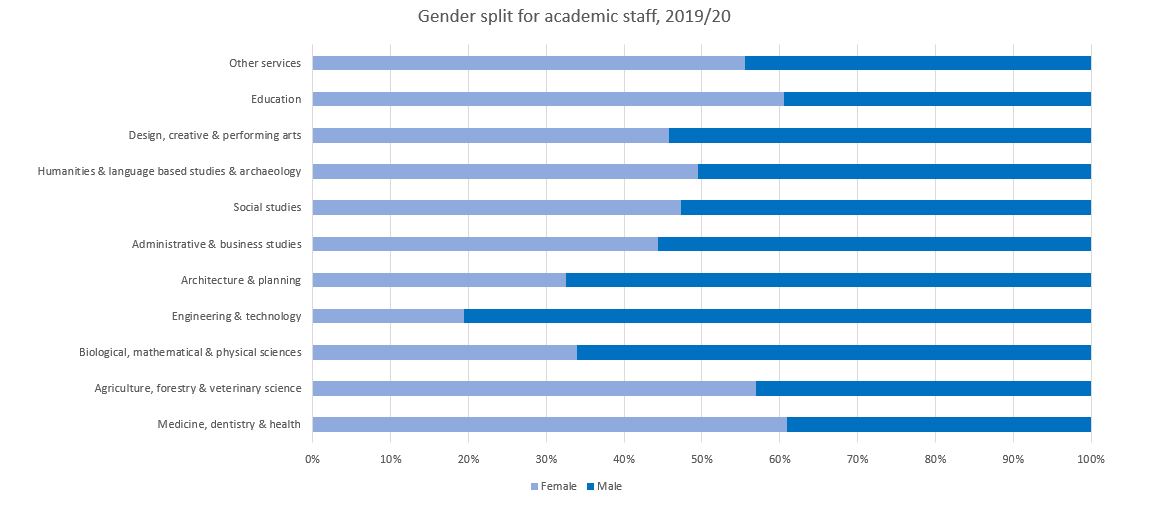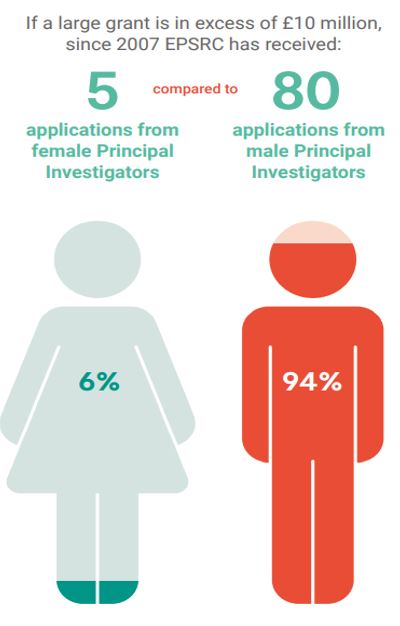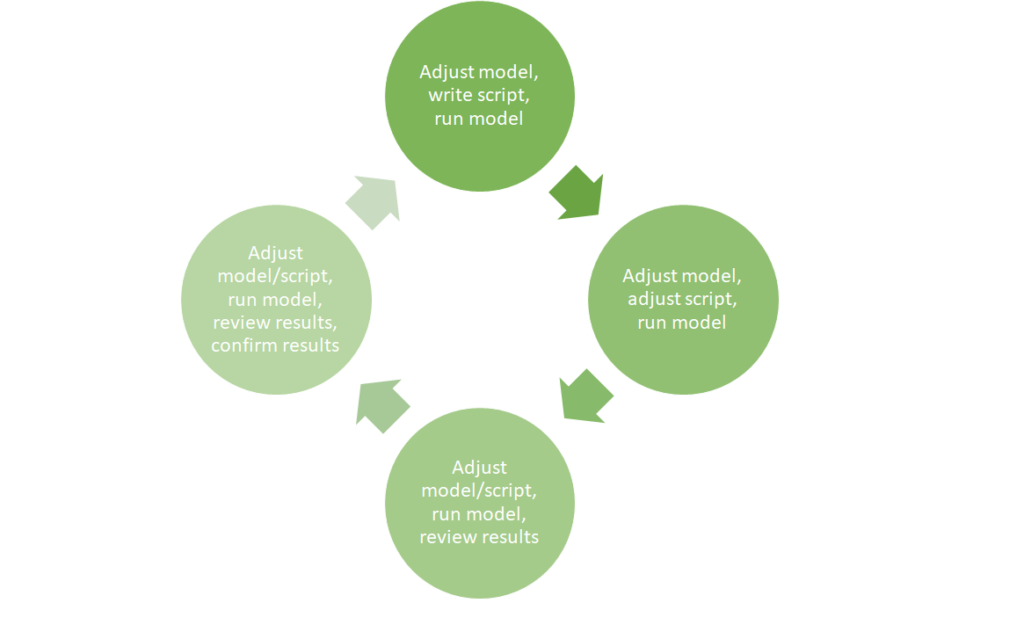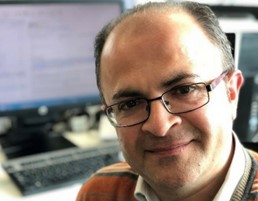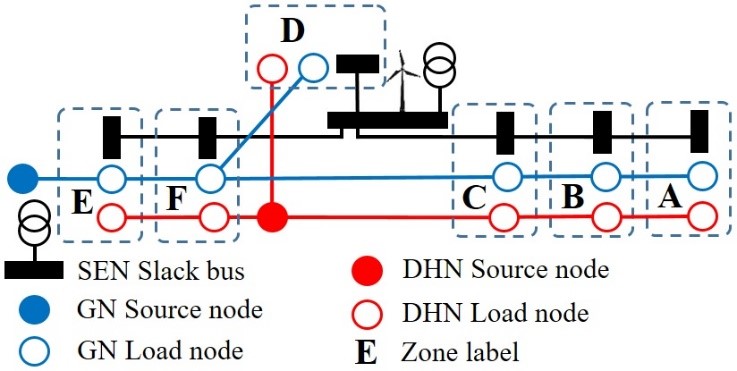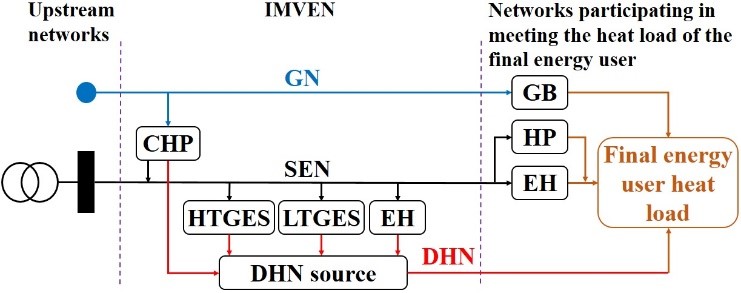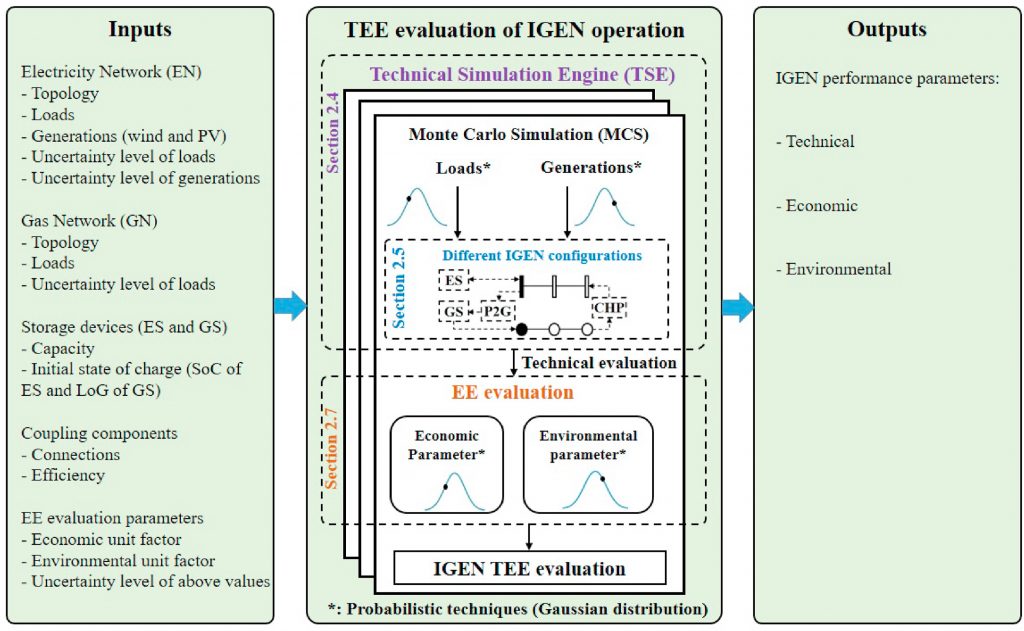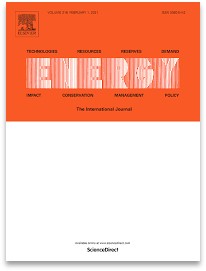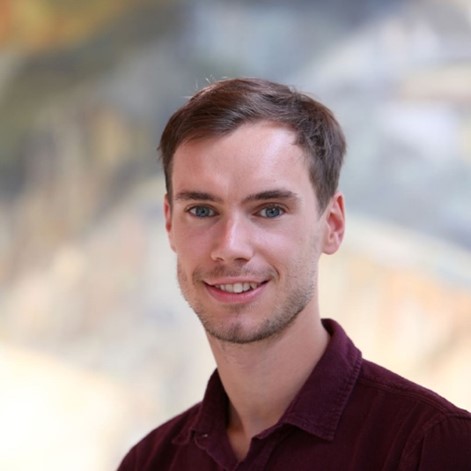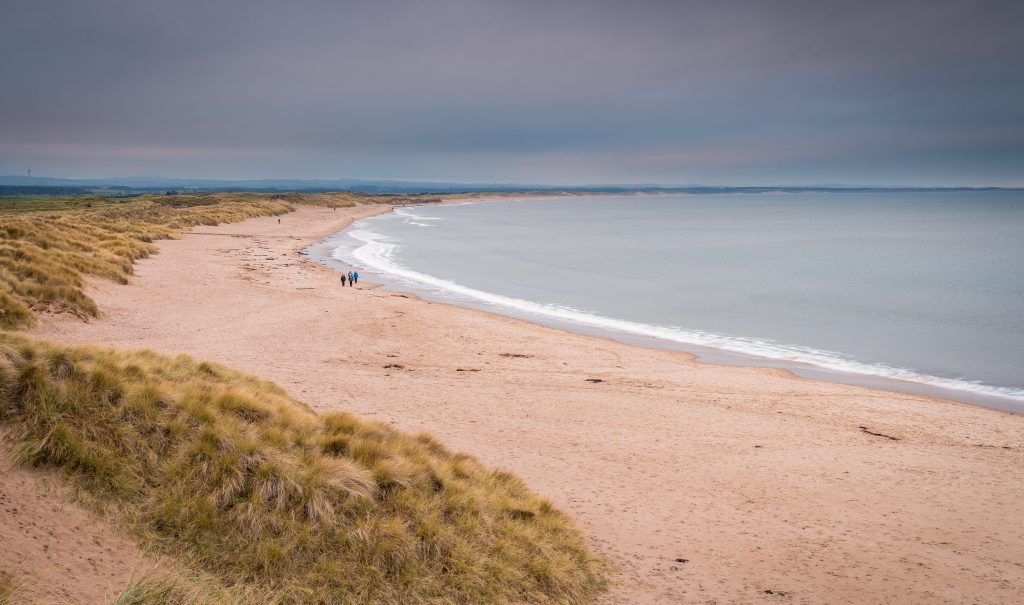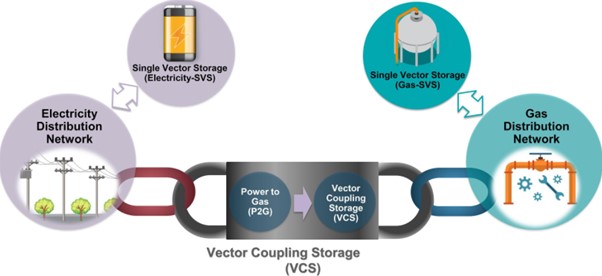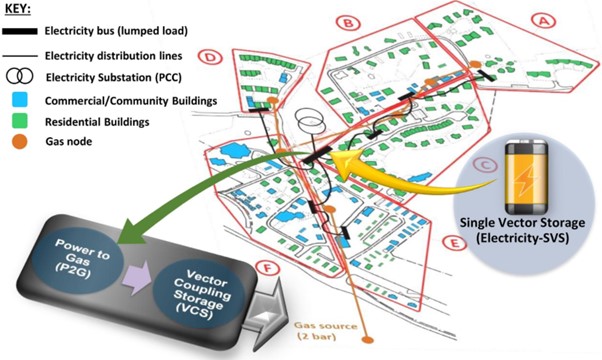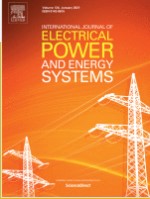CESI are the first to see the new hydrogen cooking appliances in the UK’s only Hydrogen Homes!
To celebrate CESI coming to an end, last month InTEGReL opened up its doors to CESI colleagues and showed us around their fantastic facilities.
InTEGReL has played an important role within the 6 years of CESI. It is one of our largest and most active demonstrator for CESI models and tools, in conjunction with Northern Gas Networks and Northern Power Grid. InTEGReL is the UK’s first multi-vector integrated energy systems research and demonstration facility investigating utility scale infrastructure.
The facilities at InTEGReL will help to tackle the UK’s energy challenges head on, with teams of academics and engineers in CESI working to deliver breakthroughs in the decarbonisation of heat, energy storage and transport, to identify the most affordable and practical solution to moving customers onto low carbon, low-cost energy
On 13th May CESI colleagues were able to visit InTEGReL, hydrogen blending equipment and the Hydrogen Homes at the Low Thornley site in Gateshead. The two semi-detached Hydrogen Homes opened in July 2021 and are the UK’s first houses to include hydrogen domestic cooking appliances, boilers, fires and meters.
We were the first group of people to see the new version of the cooking appliances, which are likely to be offered to customers who become the first to use 100% hydrogen in their homes. These appliances were produced through the Hy4heat project.

The Hydrogen Homes visit was well received by attendees, including by CESI researchers and industry:
“Hydrogen homes demonstrated the transition pathway of future homes through the functioning of hydrogen-natural gas blended and pure hydrogen appliances. Visiting InTEGReL was a time travel experience to reimagine how our neighbourhoods would transform and adapt to a new way of energy utilization philosophy.”
Akhil joseph, cesi rESEARCHER
“It is great to see some of the facilities we have in the region especially relating to hydrogen. The visit was a great eye opener to the future. Hydrogen is likely to be the most important energy resource after renewables and, possibly, nuclear power.”
jASON hARTIGAN, SUNAMP LTD
The tour of the InTEGReL site was incredibly informative, and although we were seeing brand new technology my key take away from the Hydrogen Homes was just how normal it all was, with the gas cooker and heating all operating as one would expect. The work done by Northern Gas Networks really demonstrates that hydrogen will be a key part of driving domestic decarbonisation in the UK
JEssica Sharples, GHD
The Hydrogen Homes tour was led by Northern Gas Network’ Alex Brightman. She said ‘it was great to welcome guests from CESI to the Hydrogen Home and showcase the hydrogen appliances, which don’t create carbon when used, meaning they can be compatible with climate goals. The homes normalise the use of hydrogen by demonstrating that can be used in the same way as natural gas with minimal changes and disruption to the way we heat and cook.’
Find out more about CESI and InTEGReL’s collaboration:
https://www.ncl.ac.uk/cesi/research/demo/integrel/
More information about the Hydrogen Homes
Contact Hydrogen Homes for more information or to arrange a tour:
hydrogenhome@northerngas.co.uk




